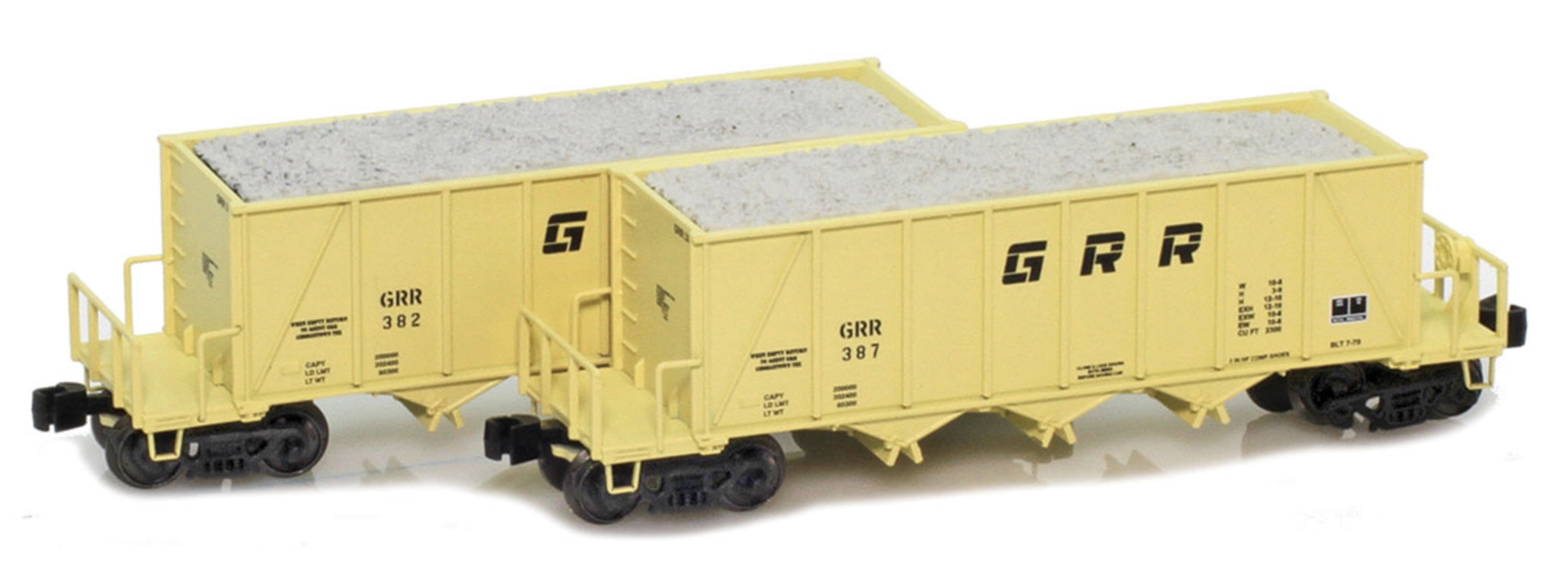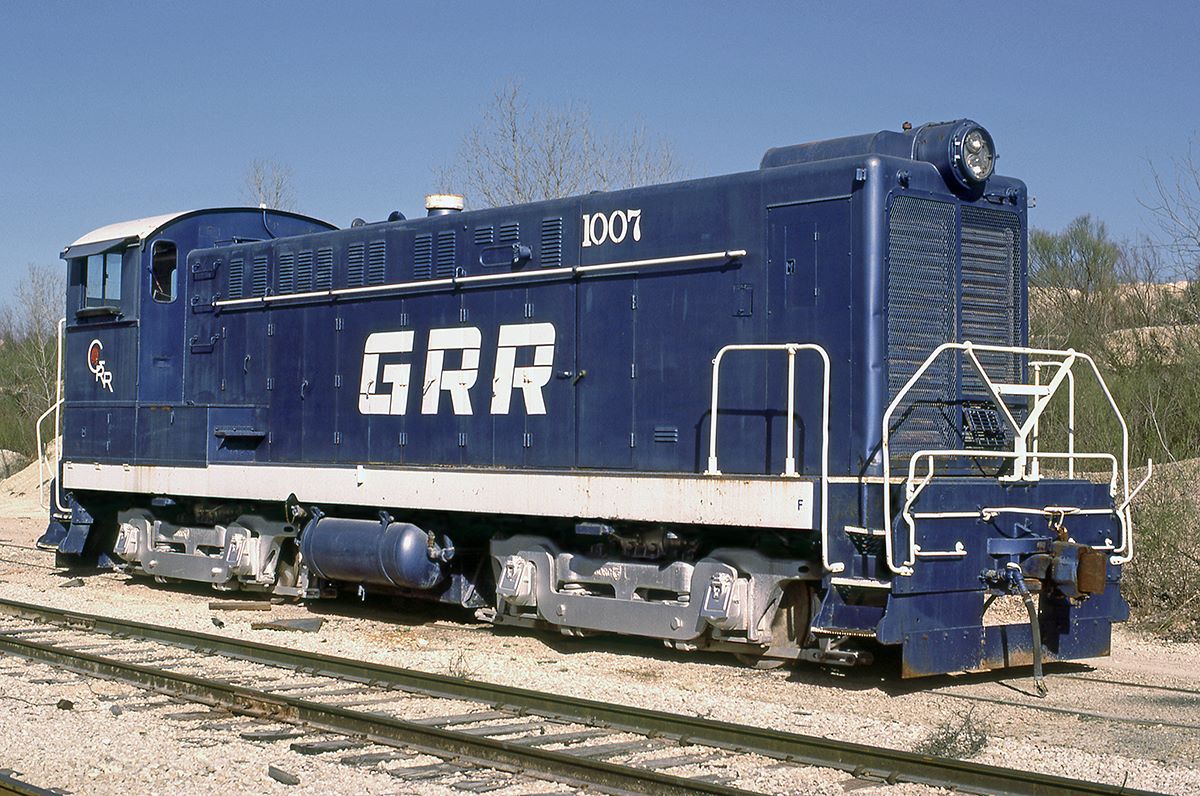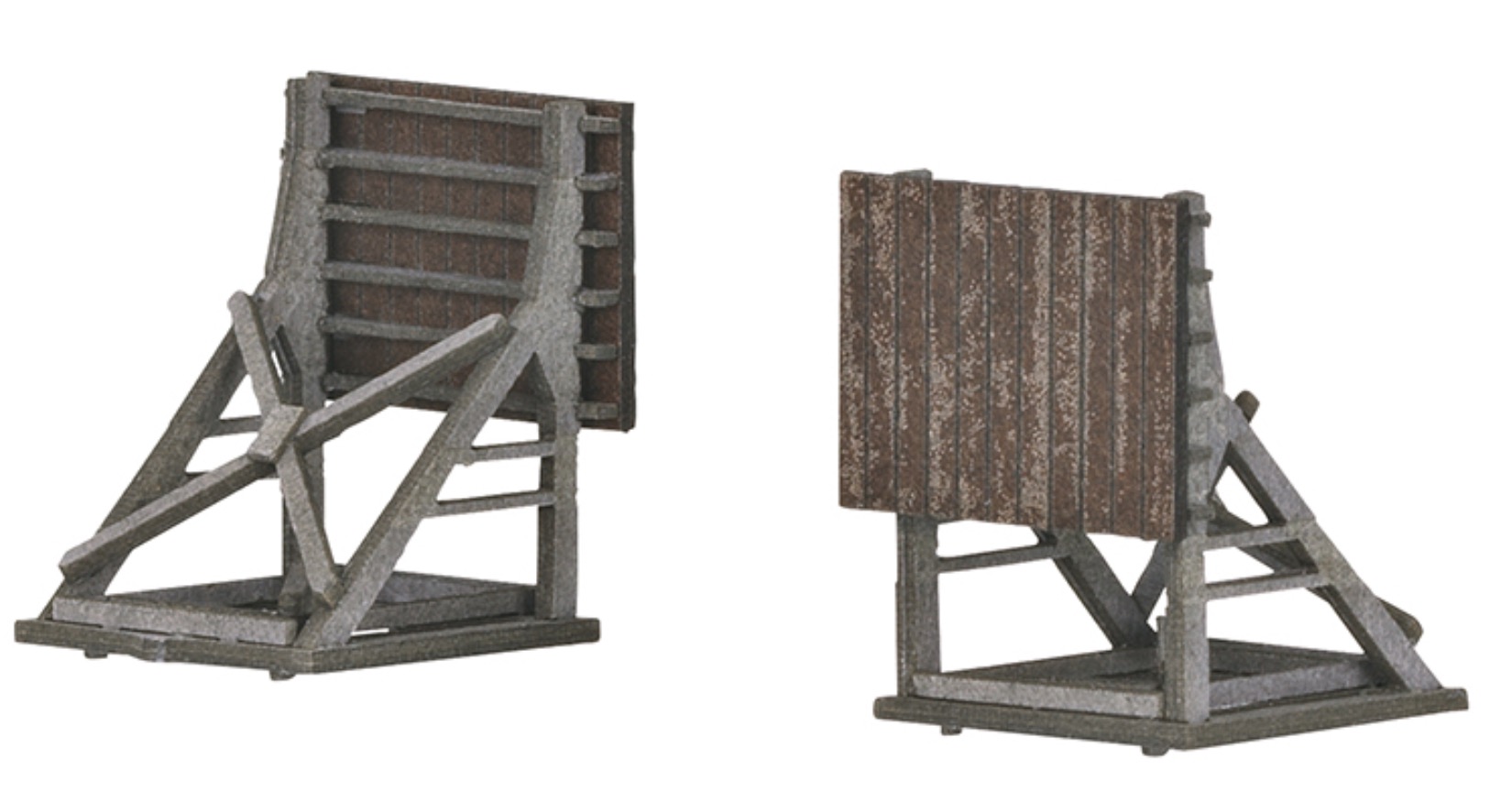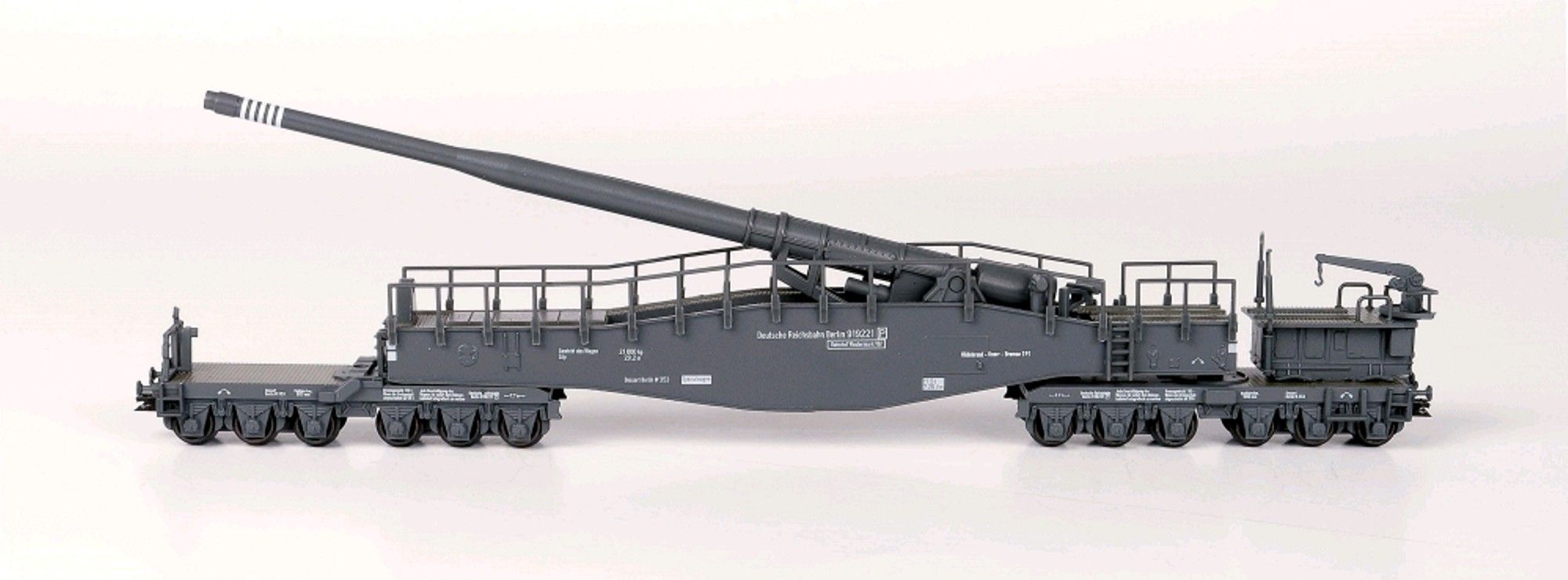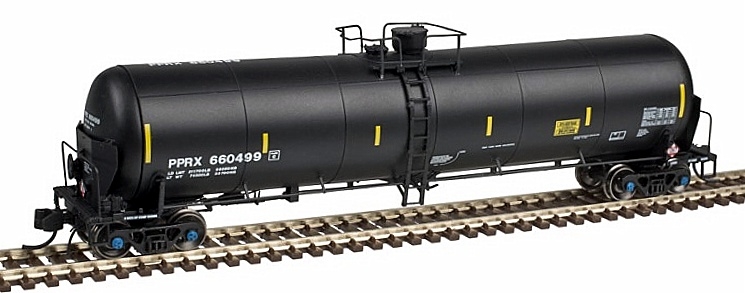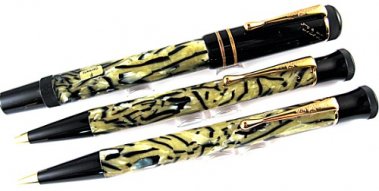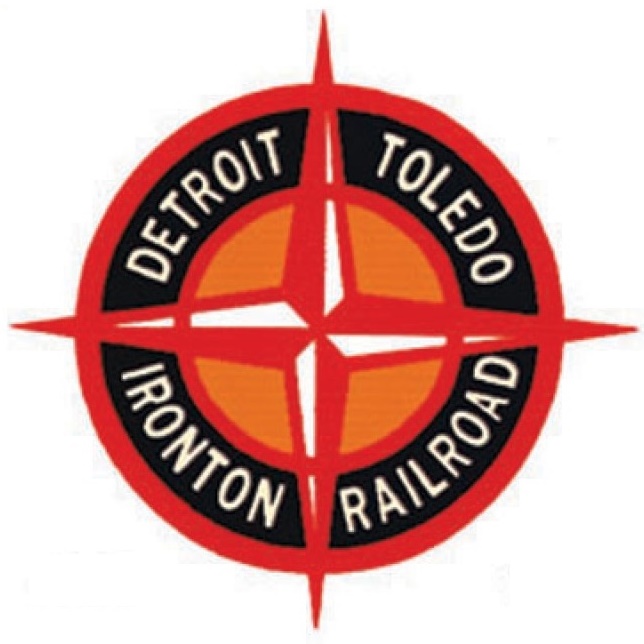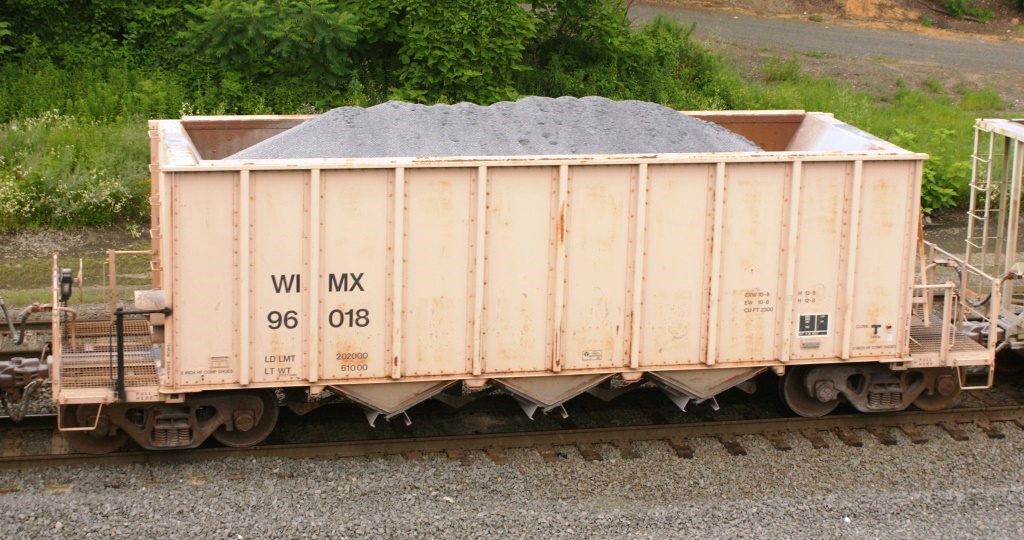Specific Item Information: Road Numbers: 382 & 387
Prototype History: Ortner's team of engineers created the rapid-discharge door system in the early 1960s.. Ortner rapid discharge cars are designed primarily for handling aggregates. They are the best car on the market for this type of commodity. The 60 degree slopes sheets provide for a fast clean unloading of commodities like sand and gravel without using a car shaker. Unfortunately the ARR the gravel season only lasts 4-5 months due to the weather. These cars have a cubic capacity of only about 2,000 cubic feet (plus or minus 10%). So they only can handle 60-65 tons of coal when used in coal service in the winter as much of the ARR fleet started doing when the Seward coal move started. But they weigh nearly as much as a standard hopper so they are not very efficient cars for coal handling.
These cars have long platforms on the ends and a relatively short car body. This is a major pain for loading in motion like is done with the Usibelli tipple and the current gravel terminals in Anchorage. It is really easy to start the loading early or end late in trying to fill the car as full as possible and spilling material on the end platforms. Unloading a train of rapid discharge cars takes 30 minutes to an hour as opposed to four hours or longer for other unloading systems.
These cars have long platforms on the ends and a relatively short car body. This is a major pain for loading in motion like is done with the Usibelli tipple and the current gravel terminals in Anchorage. It is really easy to start the loading early or end late in trying to fill the car as full as possible and spilling material on the end platforms. Unloading a train of rapid discharge cars takes 30 minutes to an hour as opposed to four hours or longer for other unloading systems.
Road Name History: In 1958, Missouri Pacific applied to abandon their Georgetown branch (Kerr to Georgetown) in Texas. The Georgetown Railroad was incorporated to take over operation of the line and in 1959 service began. The branch was just short of 8 miles long and service began with Baldwin switchers doing the work. This route comprised most of the original Georgetown Railroad from 1878 which was acquired by International & Great Northern (later to become a MoPac subsidiary) the following year. Over the years, gravel and aggregates came to dominate Georgetown’s traffic and the volume increased exponentially. By 1990, Georgetown required 17 locomotives and 1,300 cars to serve their 8 miles of route. Then Georgetown purchased from Union Pacific the line past Georgetown to Granger, Texas, bringing the mileage up to 24.
In 1991, Georgetown bought the Belton Railroad which was a former MKT line between Belton and Smith, Texas. This line is disconnected from the rest of the GRR. In addition to gravel, Georgetown moves ammonium nitrate for fertilizer, lumber and some grain.
In 1991, Georgetown bought the Belton Railroad which was a former MKT line between Belton and Smith, Texas. This line is disconnected from the rest of the GRR. In addition to gravel, Georgetown moves ammonium nitrate for fertilizer, lumber and some grain.
Brand/Importer Information:  AZL is the leader in North American Z scale locomotives and rolling stock. Since 2000, AZL has released a vast variety of freight, passenger and locomotives. AZL continues to push the boundaries of Z scale with amazing details and incredible performance. No matter if you are looking to run steam, or the most modern diesels, AZL has something for you.
AZL is the leader in North American Z scale locomotives and rolling stock. Since 2000, AZL has released a vast variety of freight, passenger and locomotives. AZL continues to push the boundaries of Z scale with amazing details and incredible performance. No matter if you are looking to run steam, or the most modern diesels, AZL has something for you.

Item created by: CNW400 on 2024-05-01 17:28:45. Last edited by CNW400 on 2024-05-01 17:28:46
If you see errors or missing data in this entry, please feel free to log in and edit it. Anyone with a Gmail account can log in instantly.
If you see errors or missing data in this entry, please feel free to log in and edit it. Anyone with a Gmail account can log in instantly.


